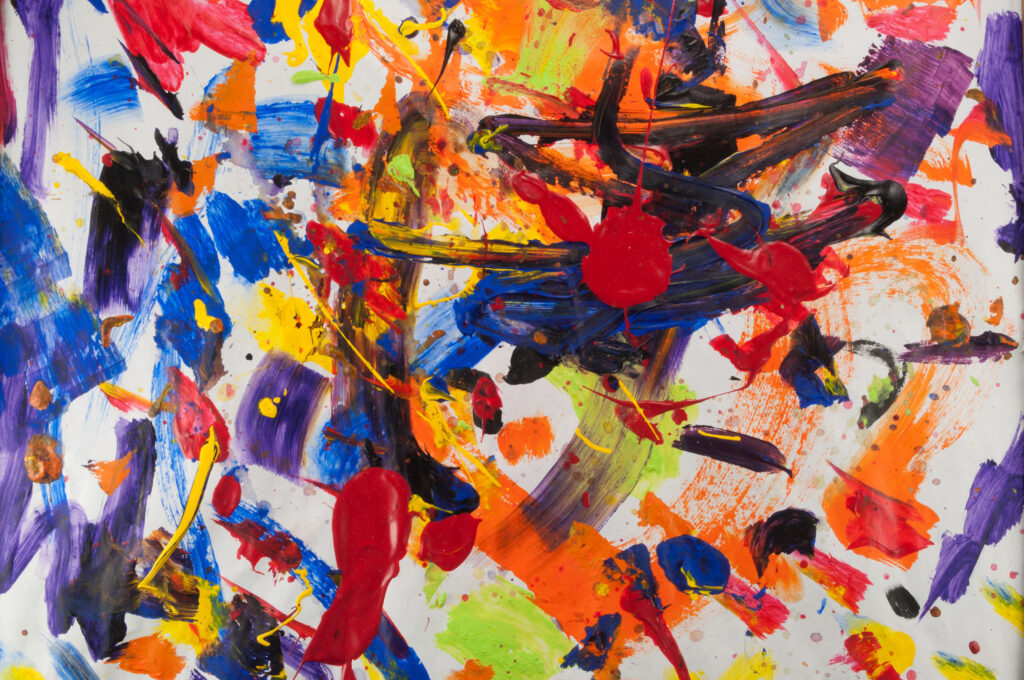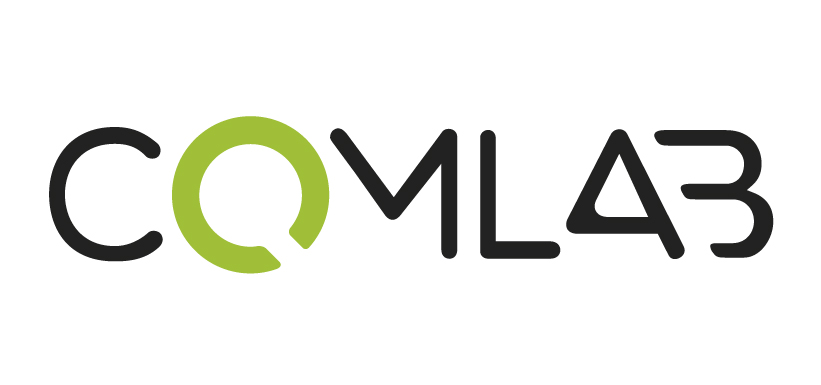Brainstorming might be described as an open invitation for all sorts of ideas to come in and join the party. Developed in the present form by Alex F. Osborn, an advertising executive, creative and writer, this technique has become a mainstay in the world of of innovators, problem solvers—and dreamers. Osborn’s own motto was ‘the more ideas, the better’. In a friendly, non-confrontational environment, everybody is encouraged to share whatever thought or idea may have crossed his or her mind. Never mind if they sound eccentric or uncommon: the point is to produce thoughts.
Thus the brainstorming technique is based on sharing ideas—some may sound rather off-the-wall, some brilliant, yet at this stage no criticism is allowed. What we are trying to achieve is to create a number of cascading lines of thought, hopefully resulting in dramatically effective solutions to a basic query. Basically, it is a glorification of collective extemporization and creativeness.
Brainstorming is the key to open up to innovation, a way to look beyond what is obvious and hit on new opportunities and new prospects.
Brainstorming and the creative process: how-to
So how are we going to implement all this in practice? Picture yourself a blank canvas and a limitless number of colours on your palette to mix. This is the essential role of brainstorming in a creative process. It is an easily pleased set of rules, as it were, meant to push each and every member of the team to bring out the creative genius in them. Let us see how this magic is supposed to work…

Vecstock image from Freepik
First and foremost, muster up a number of naturally curious people. Do not aim for perfection at this stage; here, our goal is to come up with as many different ideas as possible. Set out a problem or introduce a theme and let ideas germinate. True, as an alternative, one may opt for an individual brainstorming—but remember: more brains, more ideas!
Avoid passing judgement or finding fault with anything and anyone. This stage calls for absolute creative freedom: any thought, any notion, however odd it may sound, must be welcome. Listen to other people’s ideas, share them, build on them, and see how they can steer your creative flow.
All sorts of suggestions deserve to be put down, using blackboards, whiteboards, post-it notes or digital devices. We are essentially going to fish for the right idea in a sea full of alternatives, and each suggestion is like a valuable fish in whose belly a marvellous innovative solution might be concealed.

That done, once ideas have stopped raining down on you, take some time off. You need to examine all suggestions, short-list those you regard as promising—and then refine, combine, alter… that large blank canvas covered in colour spots must now turn into your own painting masterpiece!
Brainstorming à la ComLab
Brainstorming isn’t just an entertaining exercise or a highly effective way to produce brilliant ideas; it is a way to open oneself up to innovation and discovery, as well as a sort of recce flight intended to lead to new and unexpected solutions.
Our team are always ready and willing to resort to brainstorming—or thought shower, as we are now supposed to call it—whenever a project requires it, from designing advertising spaces to devising a concept for a new catalogue or new advertising pages. In a preliminary stage we do not involve the entire extended team, choosing rather to set up specific creative duos, later to test the ideas they came up with, when all co-workers share and debate them.
How do we do it? Well, we start by working on keywords, creating a broad-gauge mindmap, then we gradually narrow the scope in order to identify a concept and formulate a suitable headline; finally, we try to find an appropriate visual to introduce the new ideas we intend to suggest.
Don’t be shy—dive into our creative world!



